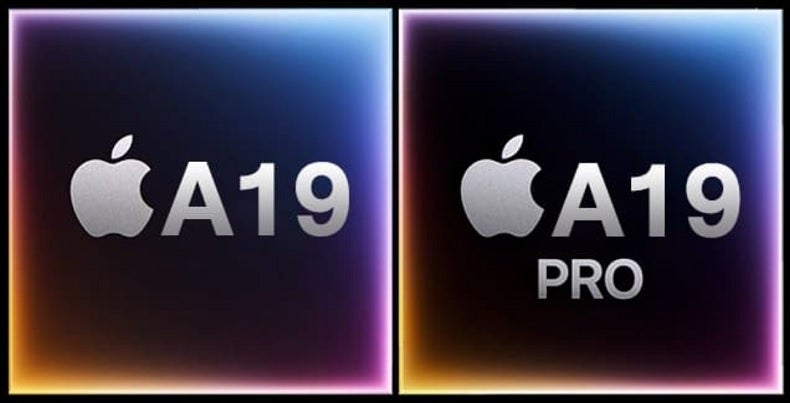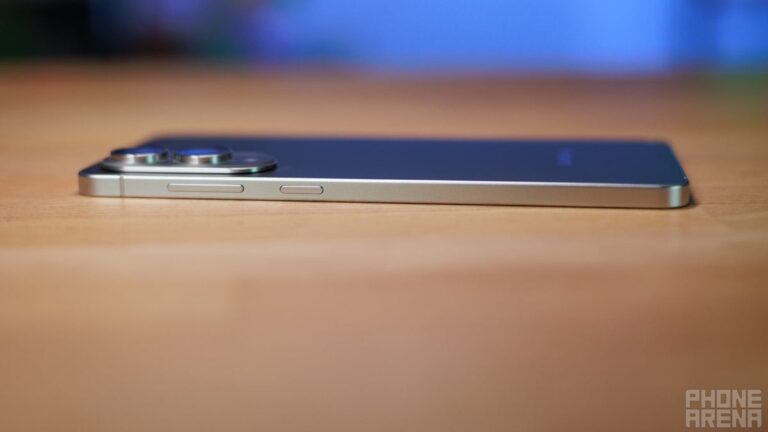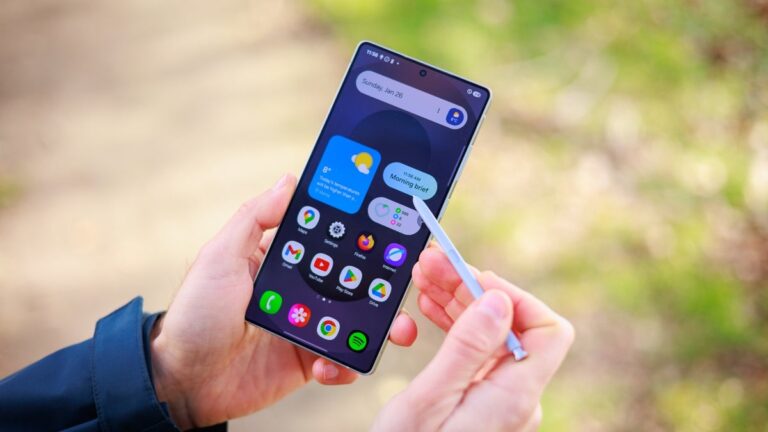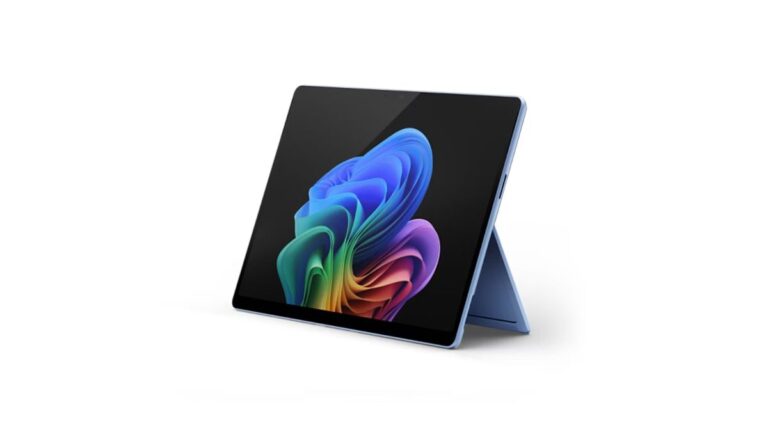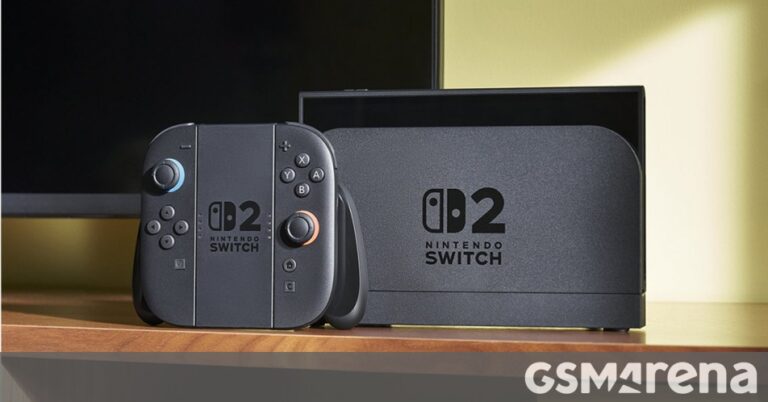The A19 and A19 Pro application processors (APs) will be focusing on efficiency this year instead of performance. As a result, when compared to Apple’s 2025 APs, Qualcomm’s Snapdragon 8 Elite 2 for Galaxy will probably be able to outperform the chips earmarked for the
iPhone 17 series. On China’s Weibo social media platform, tipster Fixed Focus Digital says that
Apple is focusing on making the iPhone 17 series the best when it comes to battery life and doesn’t mind giving away the top of the performance leaderboard to the Snapdragon 8 Elite 2 for Galaxy.
Apple’s goal for the A19 Pro AP, which will be produced using TSMC’s third-generation 3nm process node (N3P), is to score single-core and multi-core scores on Geekbench of 4000+ and 10000+ respectively. As a measure of comparison, the A18 Pro, which powers the
iPhone 16 Pro and
iPhone 16 Pro Max, had Geekbench scores of 3539 (single-core) and 8772 (multi-core).
While MediaTek’s Dimensity 9500 (produced on TSMC’s third-generation 3nm node) and Qualcomm’s Snapdragon 8 Elite 2 both will be looking to blow away the A19 and A19 Pro with their performance numbers, Apple’s application processors should deliver improved battery life for the iPhone 17 series.
The A19 and A19 Pro APs will focus on efficiency instead of performance. | Image credit-Wccftech
Where the focus on efficiency over power for the A19 and A19 Pro APs will come in handy will be with the
iPhone 17 Air. Thanks to its thin build, the device is expected to come to market with a puny battery with a capacity of 2800 mAh.
The A19 and A19 Pro can handle more work than the Snapdragon 8 Elite 2 over the same time period. That’s because the new
Apple APs have higher Instructions Per Cycle (IPC) scores than the Snapdragon 8 Elite 2. This means that Apple’s chipset will have more efficient CPU cores. A higher IPC means that the CPU can do more work per clock tick. Even if the A19 has a lower clock speed than the Snapdragon 8 Elite 2, if it handles more instructions per cycle, it can do more work in a shorter period of time.
Here’s a shocker. Should Samsung Foundry get its yield on 2nm production up to 60% or higher, the 2nm Exynos 2600 AP could end up powering the
Galaxy S26 and
Galaxy S26+ in most markets. That could make those two models the first smartphones to be powered by a 2nm chipset. Recently, the iPhone has been the first to the marketplace with a 7nm AP (iPhone XS and iPhone XS Max, A12 Bionic, September 2018), a 5nm AP (
iPhone 12 series, A14 Bionic, October and November 2020), and a 3nm AP (
iPhone 15 Pro and
iPhone 15 Pro Max, A17 Pro, September 2024).
Unless Samsung is unable to obtain enough 2nm chips for the Galaxy A26 and Galaxy A26+, the iPhone will not be the first smartphone to feature a cutting-edge 2nm chip. That honor appears to be heading to the Galaxy S26 and Galaxy S26+.
